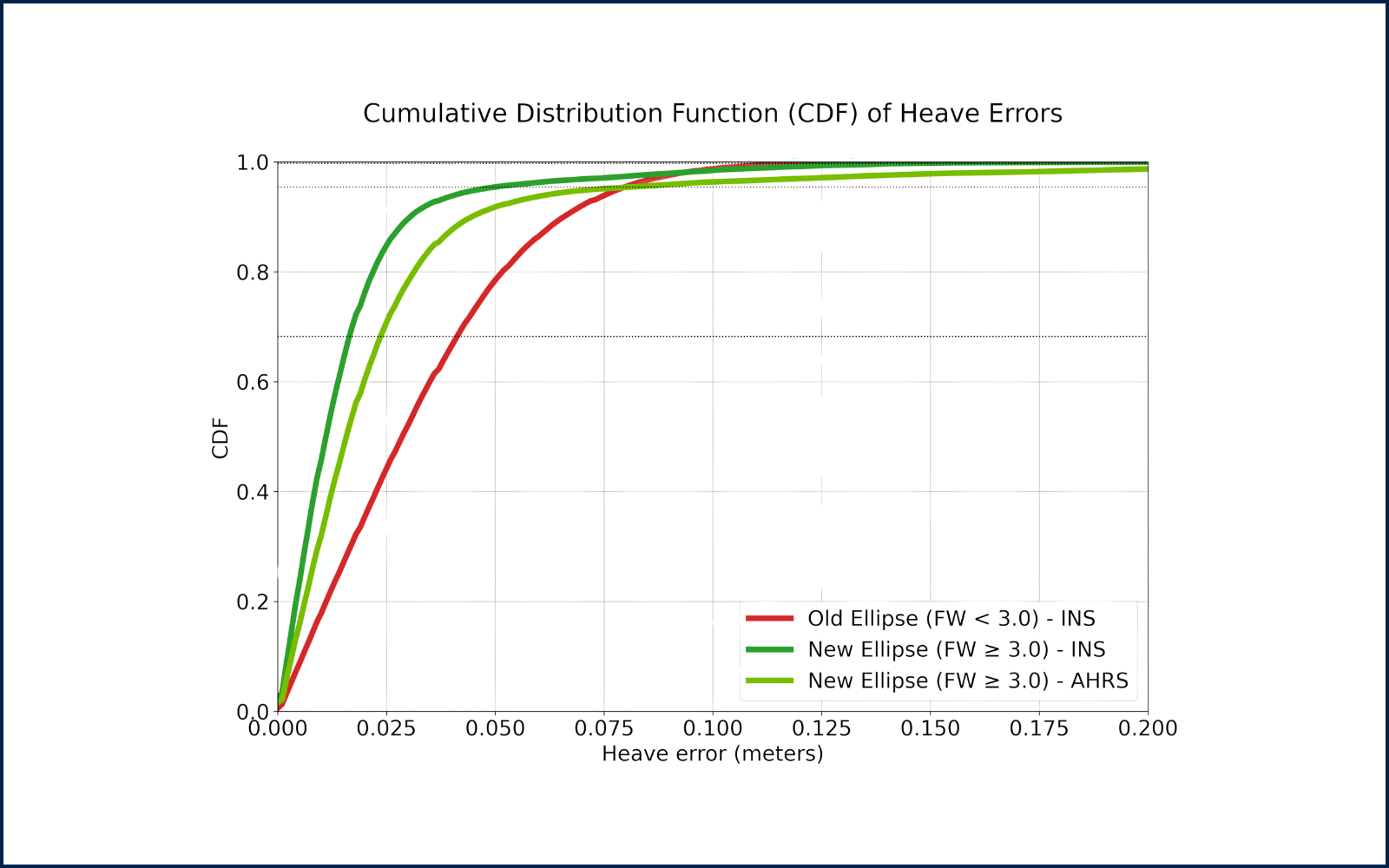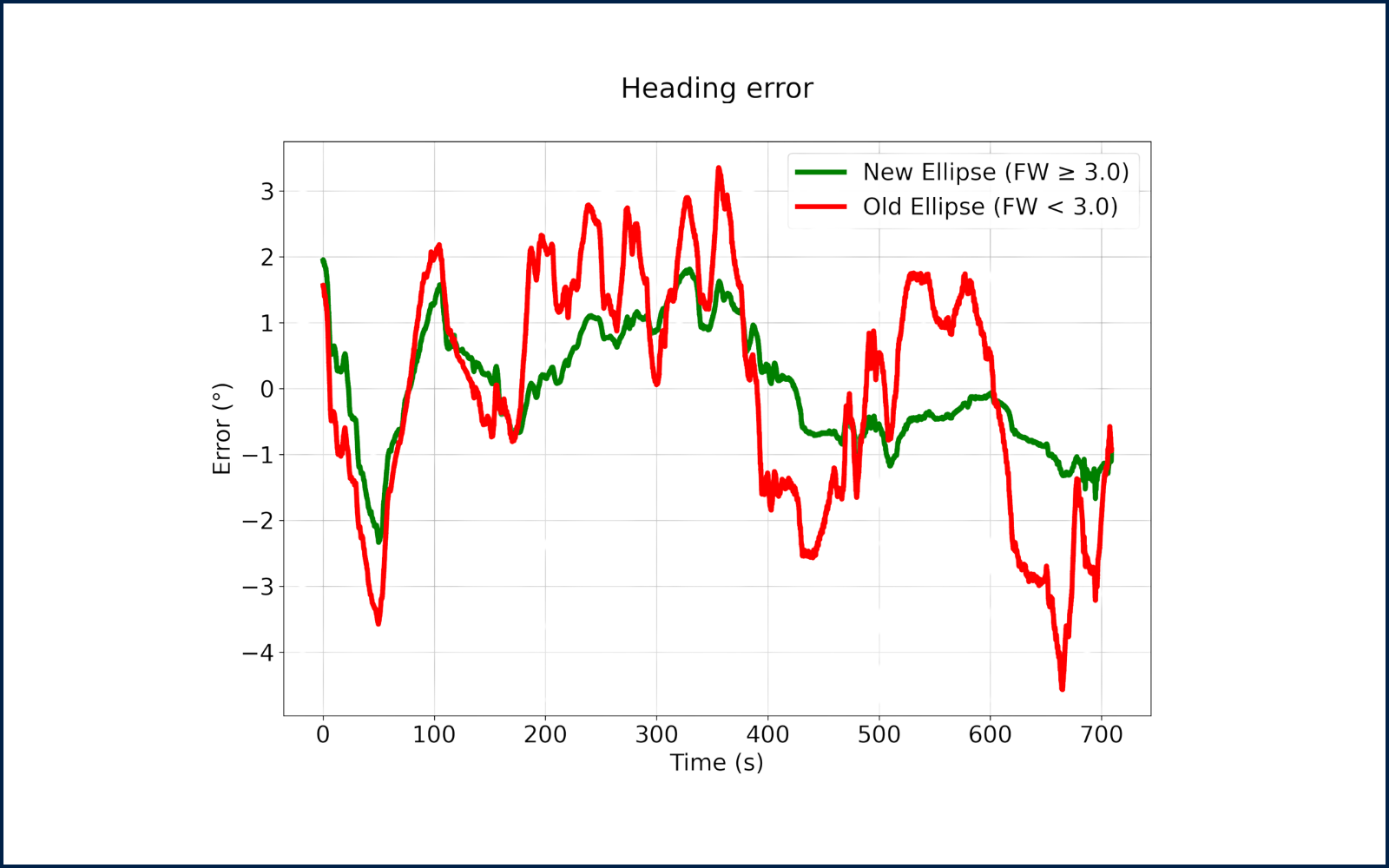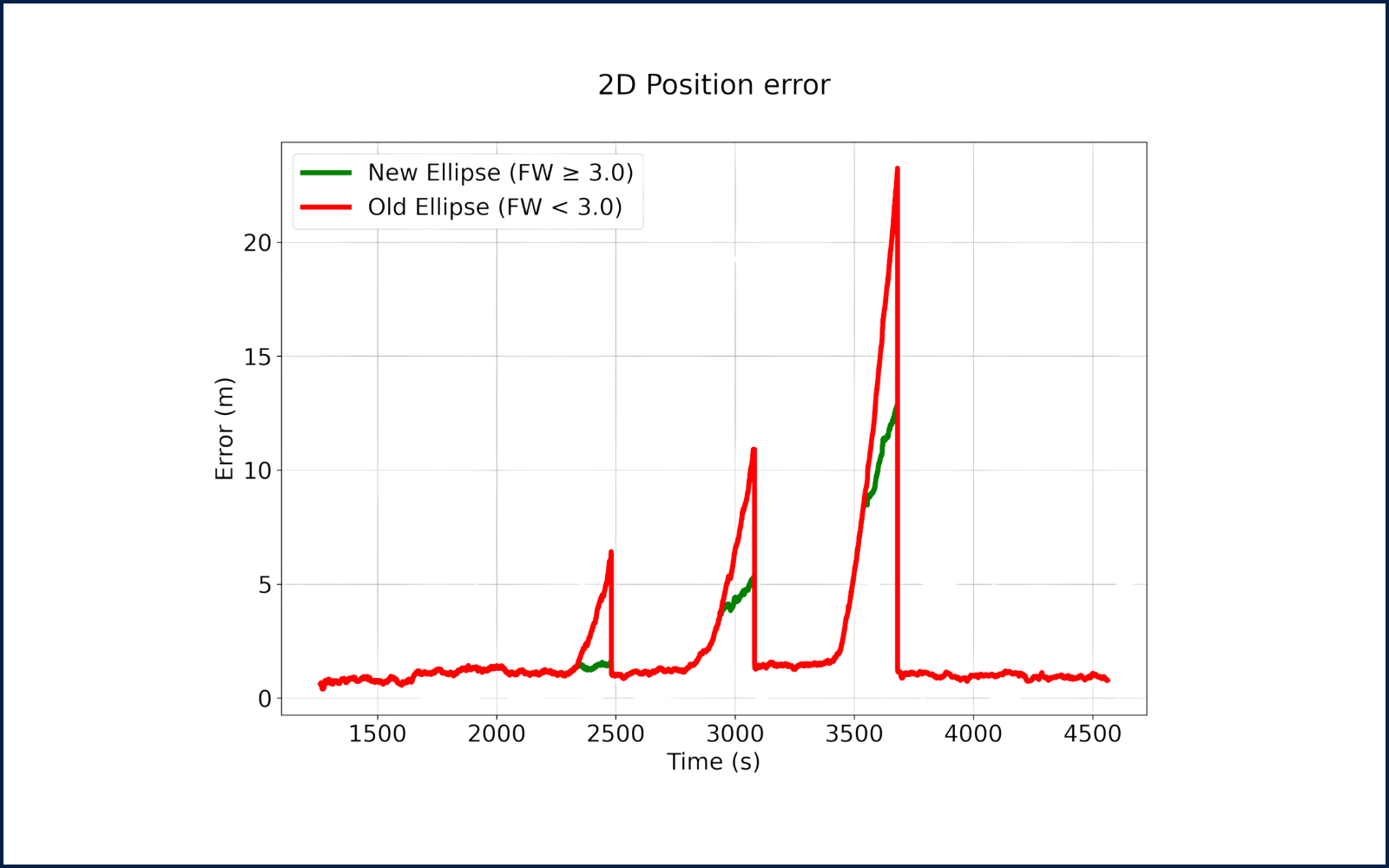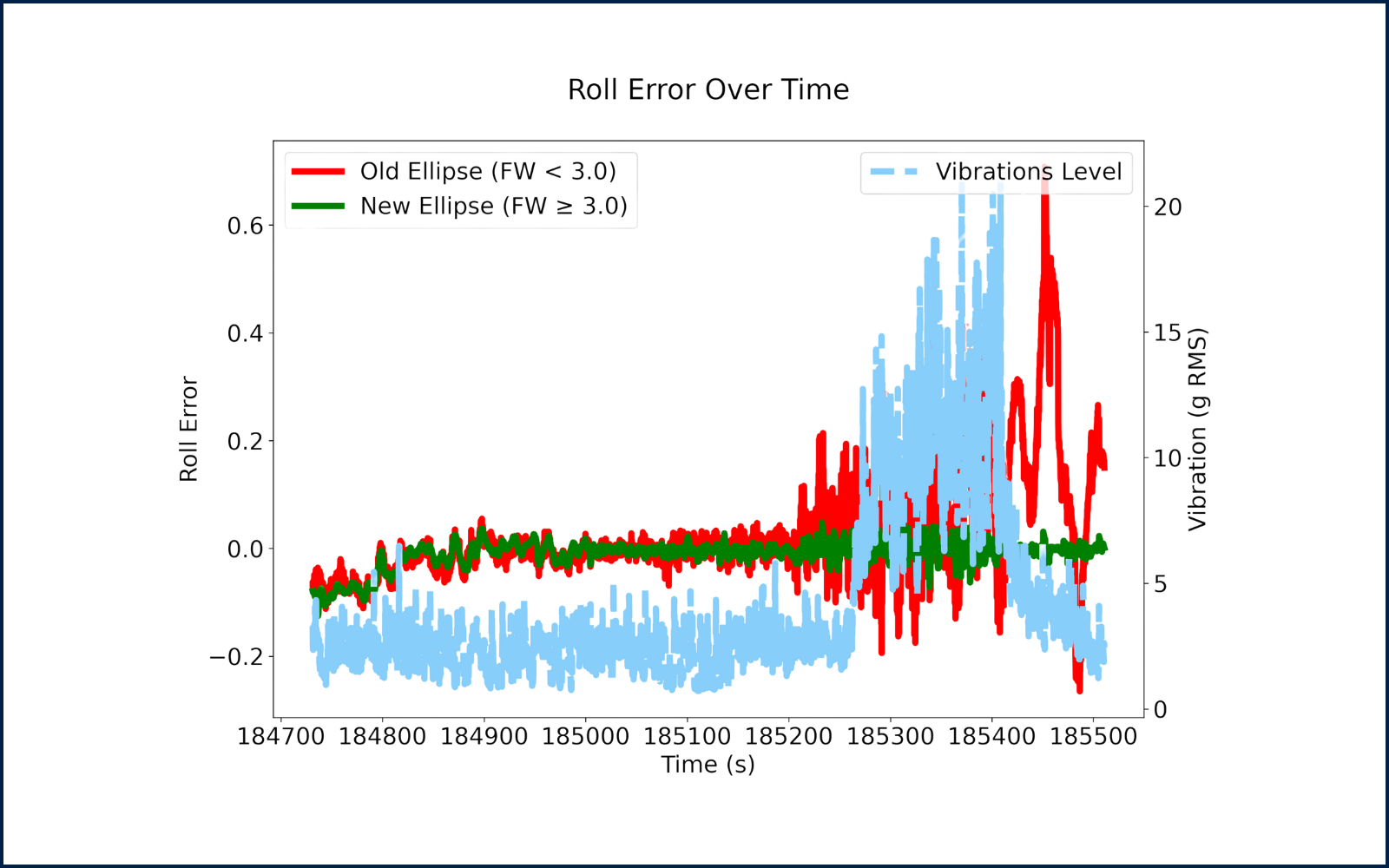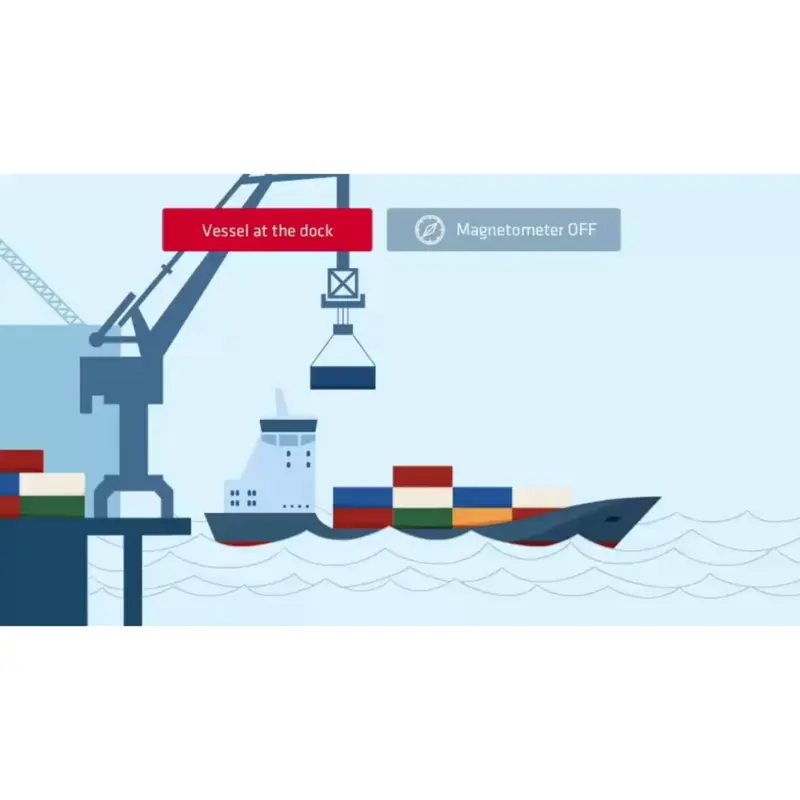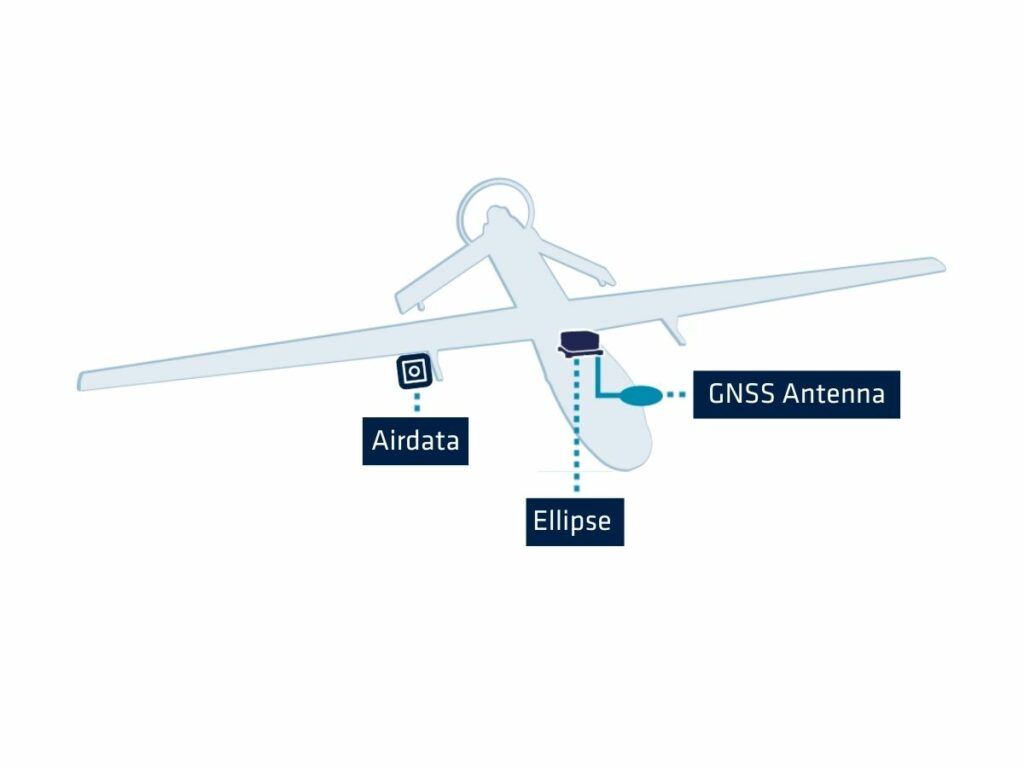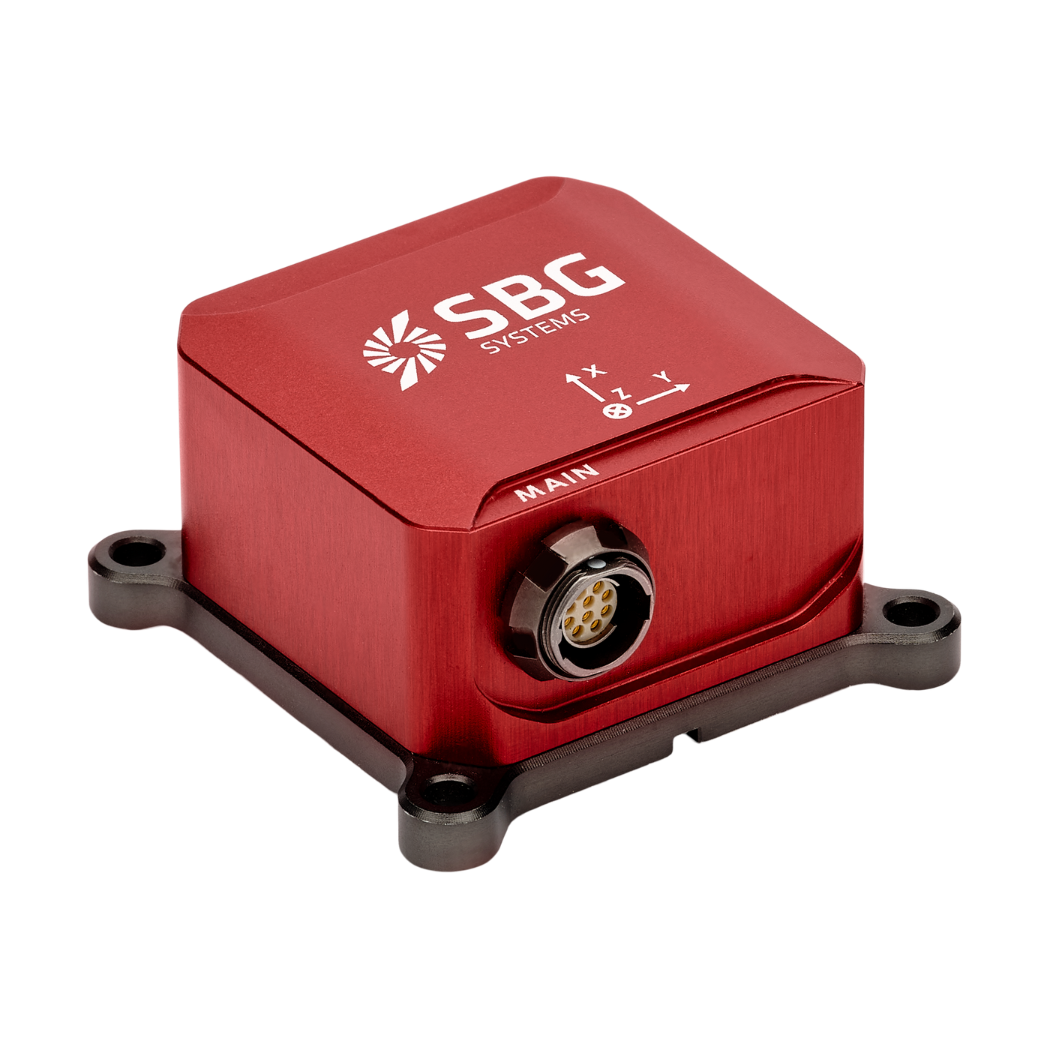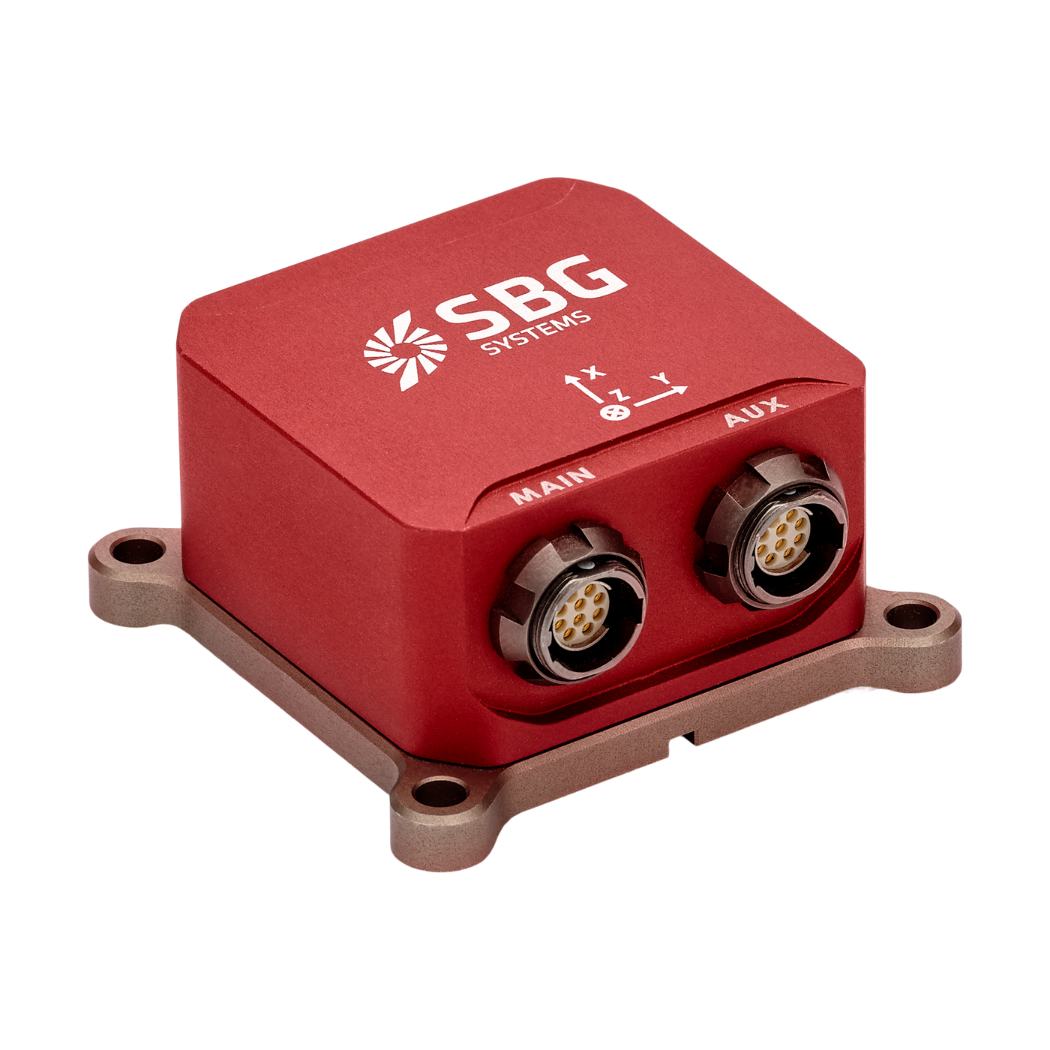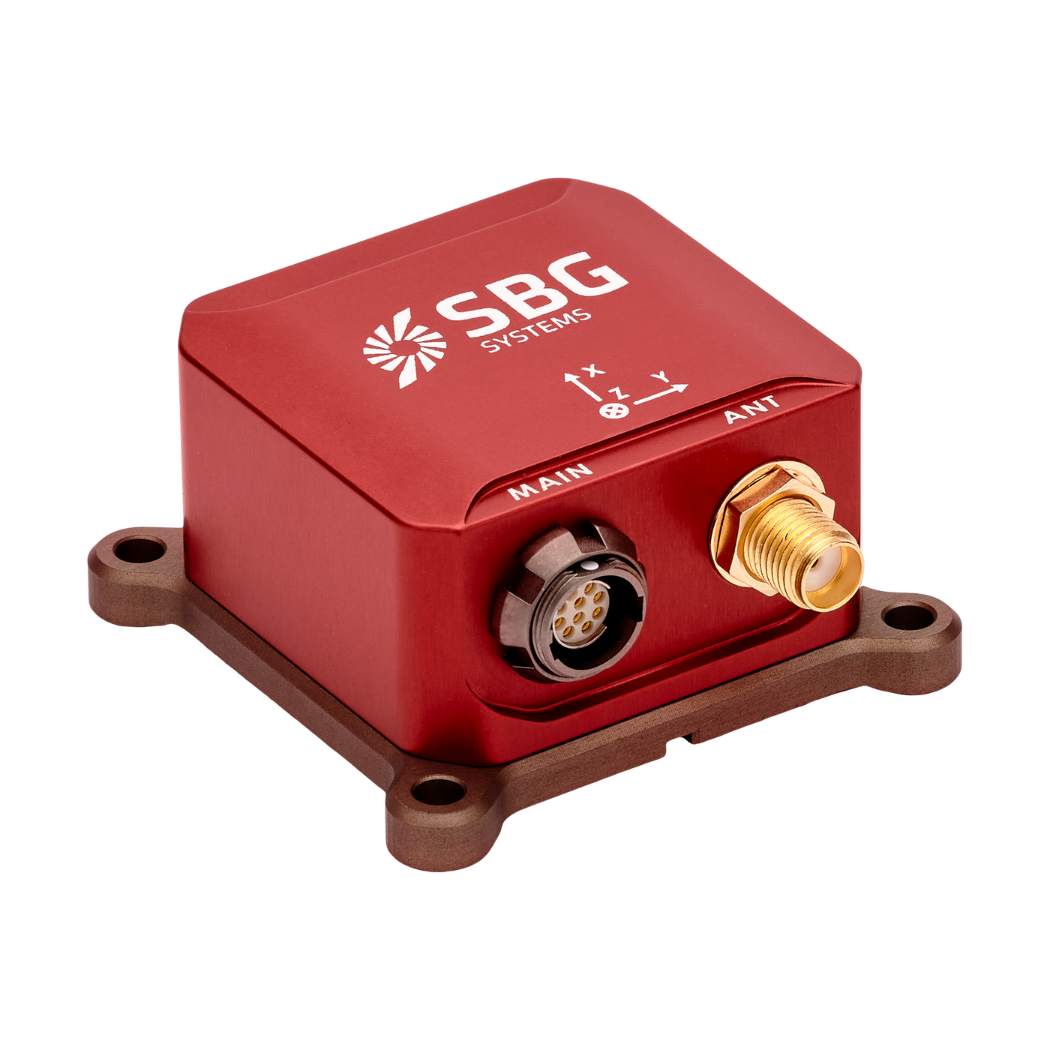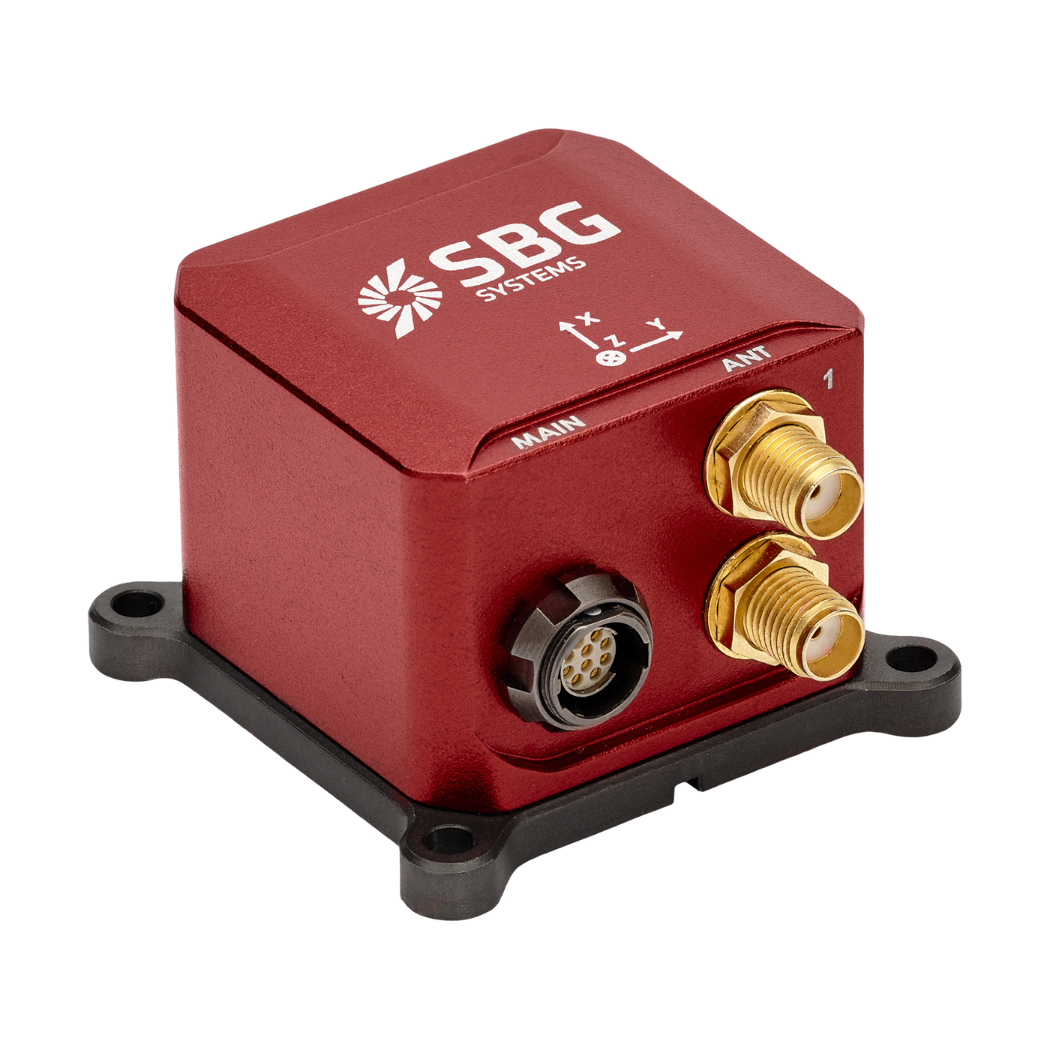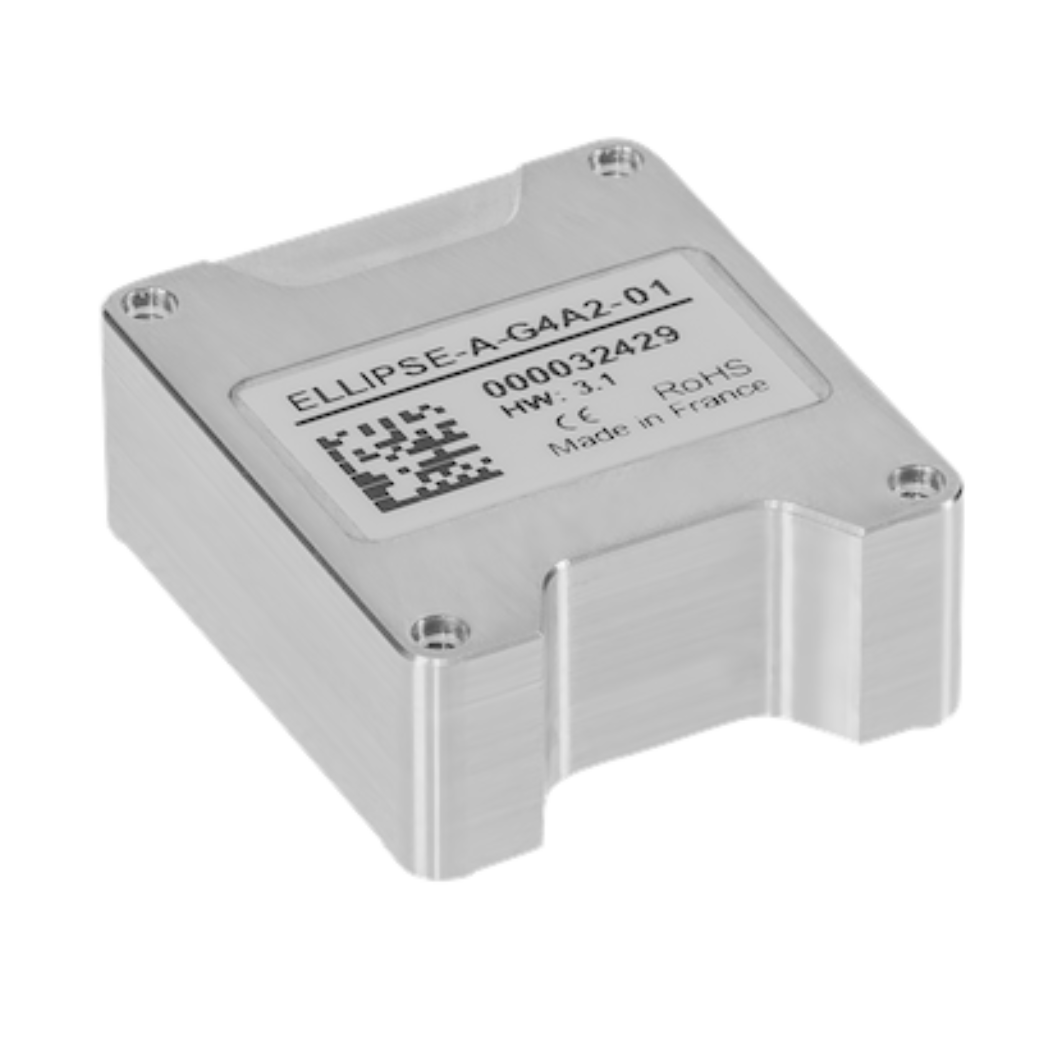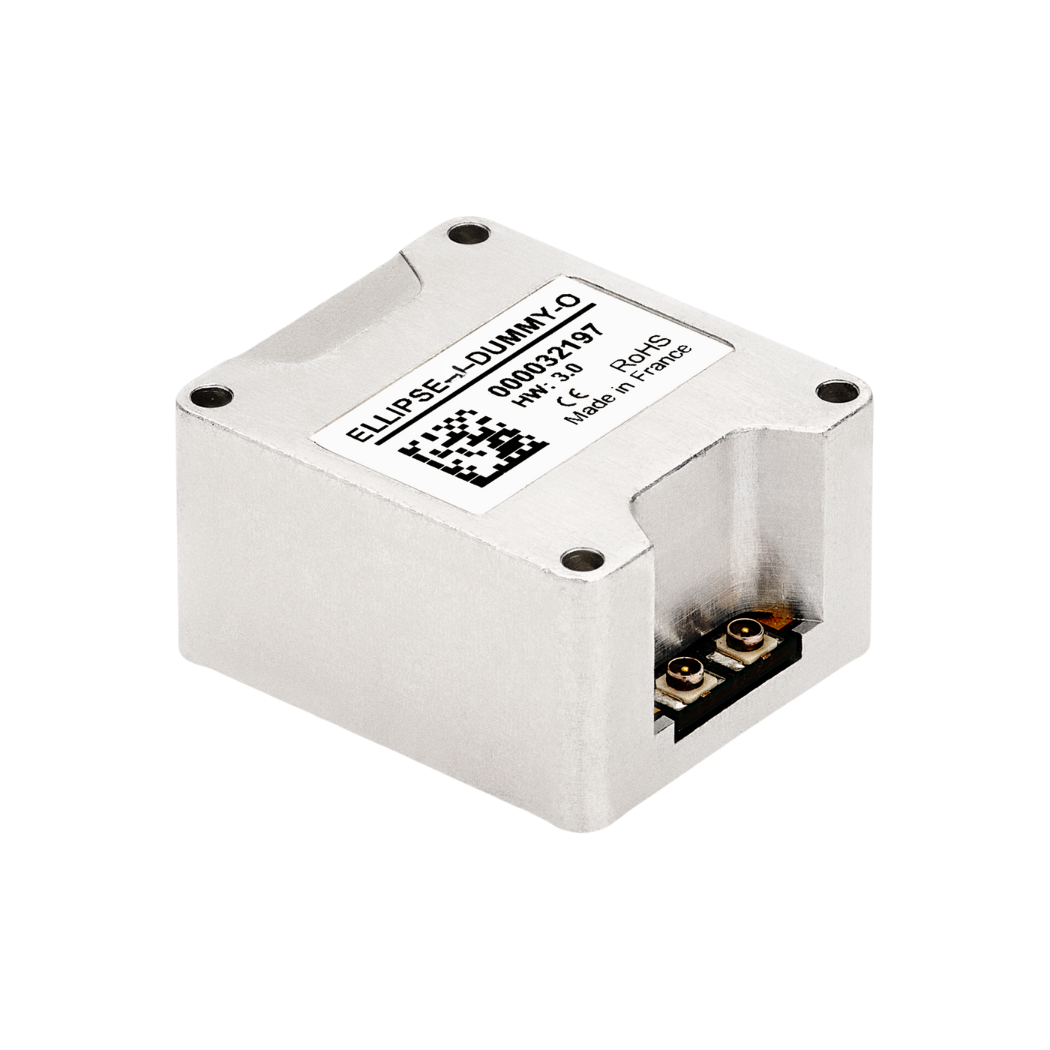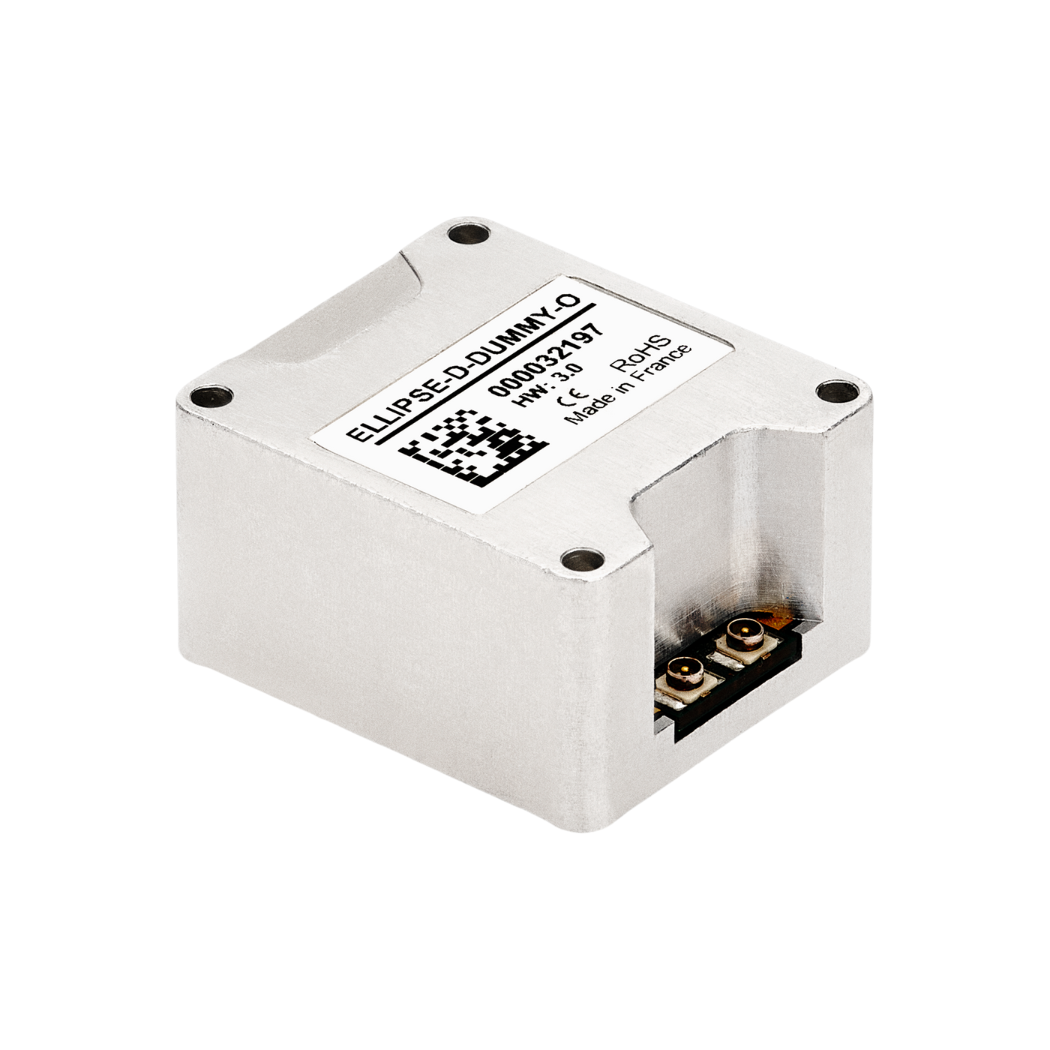Discover Ellipse Series
Ellipse series is a line of miniature MEMS based Inertial Systems which achieve exceptional orientation and navigation performance in a miniature and affordable package. Ellipse series is divided in a comprehensive set of three sensors: an AHRS, an INS with external GNSS receiver and an INS that embeds a dual antenna, dual band high precision GNSS receiver.
New Ellipse
A milestone upgrade for your Ellipse sensors
The New Ellipse represents a revolution for the Ellipse product line, whether you’re using an AHRS or INS version. It extends the capabilities of the existing hardware without requiring any physical changes.
With redesigned navigation algorithms and enhanced sensor fusion capabilities, this upgrade* ensures your Ellipse devices are more accurate, reliable, and versatile than ever.

Elevate your navigation, attitude and heave performance
The sensor fusion algorithms within the Ellipse have been upgraded to cutting-edge versions, delivering enhanced reliability, robustness, and stability in orientation, position, velocity and heave.
Configure and interface with REST API
The New Ellipse revolutionizes system integration by introducing a robust and versatile RESTful API. This powerful interface allows seamless configuration with easy command lines, enabling you to adapt the device to your unique needs effortlessly.
With this new capability, developers and integrators gain full control over their systems in a reduced time, allowing them to quickly unlock the full potential of the New Ellipse for precision and performance in any application.
Change your motion profile in one command line using the SBG REST API ↓

Get ready for GNSS outages
Spoofing and jamming
The New Ellipse significantly boosts your device ability to detect and mitigate jamming and spoofing threats ensuring more reliable performance in challenging environments.
Additionally, a new flag is triggered whenever jamming or spoofing is detected, giving integrators the flexibility to fine-tune the response for greater control over how the system reacts to such events.
Aidings rejections on the fly
The New Ellipse introduces an innovative feature that empowers you to dynamically adjust the navigation filter’s behavior in real time—without the need to reboot the device.
This means you can reject and re-enable sensors, including GNSS, as needed, ensuring optimal performance under varying conditions.
New external aidings options
The New Ellipse introduces new external aiding sensors to ensure reliable navigation when GNSS is unavailable.
With support for the Nortek DVL format, airdata and external magnetometers, it guarantees seamless performance and precise navigation in the most challenging environments.
Get data at a higher rate
The new Ellipse takes your data acquisition to the next level by providing all outputs: IMU, attitude and position at a blazing-fast 1kHz. This unparalleled high-frequency data stream ensures you get the most accurate and up-to-date information for most demanding applications.
Tell us about your project
Boost your navigation performance with PointPerfect™
The new Ellipse elevates your navigation with compatibility with the PointPerfect GNSS correction service. Achieve 3-6 cm accuracy and fast convergence, making it the perfect solution for robotics, autonomous systems, and agriculture, ensuring precise and reliable performance over large areas.
Tell us about your project
Test reports & documentation
All our solutions come with comprehensive online documentation, designed to support users at every step. From test reports to installation guides, our clear and detailed online ressources ensure smooth integration and operation.
Product range
Our product range offers a comprehensive suite of the most advanced miniature inertial range of sensors for navigation, motion, and heave sensing. Ellipse Series was thoughtfully designed to meet diverse application needs, featuring distinct options.
Discover everything you need to know about all Ellipse versions.
OEM product range
OEM sensors are designed for seamless integration, delivering exceptional performance in challenging environments like aerospace, marine, and autonomous systems. Experience the reliability and precision you need—contact us today to find the perfect solution for your application!
Discover everything you need to know about all OEM Ellipse versions.
